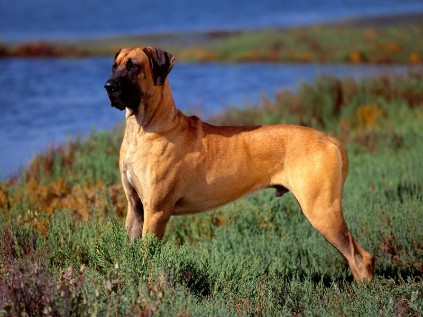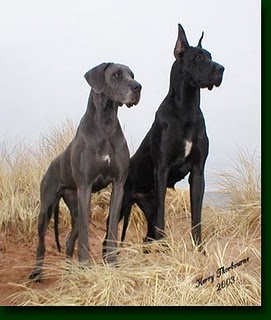From the beginning:
Great Danes have been seen throughout history in many cultures. Some sightings of a dog resembling a Great Dane have dated back to almost 2,000 years ago. "In Mesopotamia, the Assyrian Giant Hunting Dogs moved across the fields. These huge animals, alert and strong with short, smooth coats, were powerful allies for their human hunting companions." (The Basic Guide to the Great Dane, p.9) Some pictures, carvings, and markings show the same features of the Great Dane. "Most of these seemed to belong to tribes in Asia, predominantly to the Assyrians in the western part of the continent." (Great Danes, p.9) The reason these great dogs were a vital part of Assyrian's lives was because of their lively culture. These tribes were big traders, sellers and bargainers. They were said to have even traded and bargained with ancient Greek and Roman empires. The Assyrians would strike up deals with Greeks and Romans to gain clothing, ivory, and even their dogs. That would mean that Great Danes traveled from Greece and Rome and were traded to the Assyrians, giving them a remarkable traveling history. Although they have the name Great Dane, Danes are not actually Danish. They were named from the French being called "Big Danish" or grand Danois.



